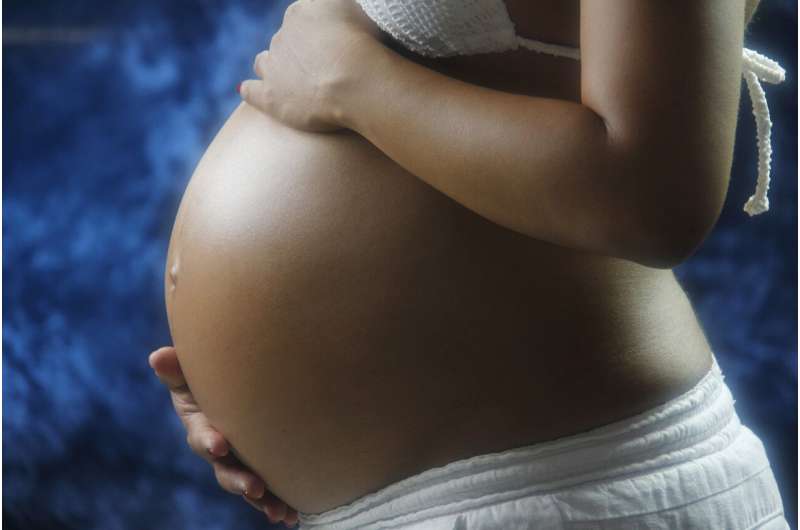
Clinicians should not take race into account when diagnosing anemia in pregnant patients and pursuing interventions, according to new research from the Perelman School of Medicine at the University of Pennsylvania. While national guidelines define anemia (low iron levels) differently depending on whether a pregnant patient is Black because lower iron levels are more common among Black women, the researchers found Black patients with no diagnosed anemia during pregnancy were more likely to have anemia at time of delivery compared to non-Black patients. The results suggest that, in order to intervene early and decrease risk of poor health outcomes and a need for blood transfusions during delivery, Black and non-Black pregnant patients should be treated with the same thresholds when evaluated for anemia. The findings are published in the journal Obstetrics & Gynecology.
“While Black patients may have lower hemoglobin values, there is a consequence to those lower levels, and using a lower hemoglobin ‘cut-off’ level for Black patients is a detriment to optimizing the health of those patients,” said senior author Sindhu Srinivas, MD, MSCE, director of Obstetrical Services at the Hospital of the University of Pennsylvania and a professor of Obstetrics and Gynecology at Penn.
Anemia, a condition caused by insufficient iron levels and consequently insufficient red blood cells, is common in pregnancy, when the body has to supply enough iron to itself and to the developing baby. Anemia during pregnancy can impair the health of the mom and baby, and if persisting during delivery, can require blood transfusions. The condition can be treated with iron supplements or infusions and is tested by measuring hemoglobin.
The American Congress of Obstetricians and Gynecologists (ACOG) defines anemia differently depending on the whether the pregnant person is Black or not, with Black patients requiring lower levels of hemoglobin in order to be considered anemic. Non-Black patients are considered anemic at hemoglobin levels less than 11 grams per deciliter (g/dL) in the first and third trimesters and less than 10.5 g/dL during the second trimester. ACOG says Black women should be diagnosed with anemia when they have less than 10.2 g/dL in the first and third trimesters and less than 9.7 g/dL.
After looking at the records of 1,300 patients, self-identified Black patients who had pregnancy hemoglobin levels between 10.2 and 11 g/dL were 65 percent more likely to have hemoglobin levels below 11 g/dL when delivering compared to non-Black patients. The researchers also saw that both Black and non-Black patients who had less than 11 g/dL hemoglobin at delivery had higher odds of requiring a transfusion.
“Penn Medicine is now considering all pregnant patients to be anemic if their hemoglobin levels are below 11 g/dL during any period of pregnancy. We encourage other obstetricians and clinicians elsewhere to do the same,” Srinivas said.
These results come at a time when many healthcare guidelines, especially those that vary depending on race, are being reviewed to address poor maternal and neonatal health outcomes for patients who are Black.
Source: Read Full Article
